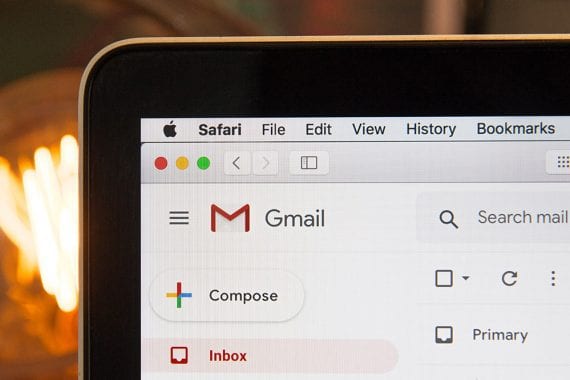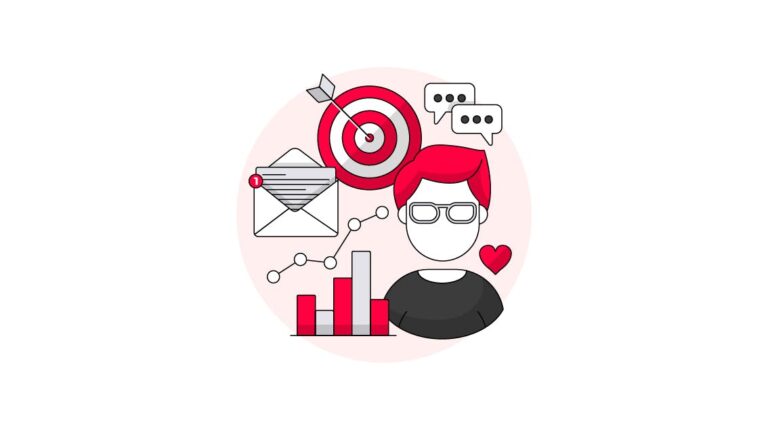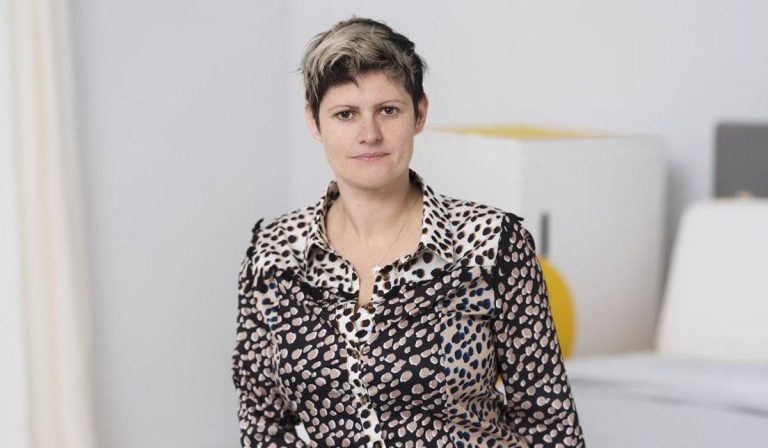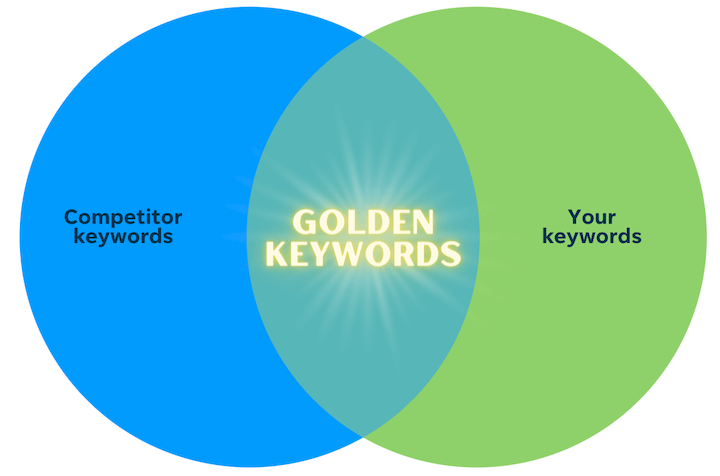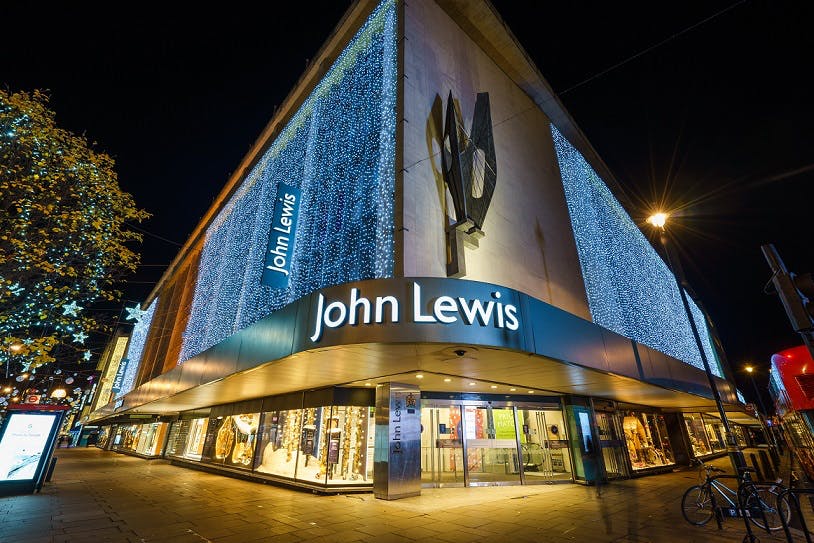
Her third piece of advice to retailers was to “be ruthless on what you measure”. “Technology people love to build stuff,” she remarked – but it’s crucial to not only build things, but also to evaluate what works, what doesn’t work, and how you can scale. She cautioned retailers not to get too hung up on testing different ideas without ever scaling them and putting them into practice more fully. While she acknowledged that “you’ve got to have that experimentation”, she also encouraged retailers to think about “how quickly can you scale, and across which categories?”
Finally, Pointon noted that “People don’t care about legacy systems – they just expect things to work and connect when they go in-store.” This echoed her earlier points about the importance of “ease” and customers’ expectation for brands to “be connected”: whatever technology retailers introduce, and whatever experiences they create, need to just work without friction or compromises. Pointon added that John Lewis has been “lucky enough” to work with some great technology partners in creating its retail experiences, who also gave advice on what to experiment with.
“People often don’t measure whether a Christmas tree suits their living room or not,” said Pointon – making the introduction of Virtual Christmas Tree to John Lewis’ iOS app in November 2020 a natural fit (no pun intended). Pointon noted that John Lewis saw a 100% increase in conversion for Christmas trees after introducing the new feature – and notably, saw better conversion rates through the app than through the website. “People want to engage with these experiences if you make them shoppable,” she said.
Here’s how the retailer set out to create memorable Christmas shopping experiences that customers could engage with both online and offline, and what it learned from the process.
Pointon advised retailers – “be clear about your brand” and how that will translate into the experience. John Lewis wanted to be “the home for Christmas”, and so all of its retail experiences were built around that core idea.
John Lewis achieved this connection via QR codes, which Pointon noted were “very low-cost to put in.” Thanks to the QR codes on product displays, which would take shoppers to the same products on the John Lewis website, customers were given a choice as to whether to purchase then and there in-store and take the products home, or buy them online for later collection or delivery.
What are the keys to good experiential retail?
Pointon outlined three “pillars” that she believes are key to good experiential retail:
The challenge for John Lewis last Christmas was, as Pointon put it, “How do you create an experience that people want to come and visit?” While this might have been an easy question to answer prior to the pandemic, customers in 2021 were still wary of returning to physical stores, or perhaps might not have seen the need now that they had reoriented some of their habits around online and ecommerce. Those who did come into stores also had expectations of a more connected experience: “The reality is, customers experience your brand and they just expect it to be connected,” Pointon said.
Bringing the virtual tour back again in 2021 meant that shoppers could still enjoy that experiential element of the Christmas shop from the comfort of their homes – but it also might inspire them to go out and experience the range in person now that shops were reopened.
Pointon also offered some advice to retailers looking to bring digital and physical retail together to create new shopping experiences. First, she said, “Be very clear on your customer vision and who your customer is. What do they need? What do they want and expect?”
As Claire Pointon, Customer Director at John Lewis, acknowledged in her presentation during Day 2 of ShopTalk Europe, the hype surrounding John Lewis at Christmas is a “huge pressure”. For John Lewis, she said, “Christmas starts in February” – with close to a year’s worth of planning going in to each year’s iteration.
- “Technology has to inspire people to take action”. Browsing the physical Christmas display at John Lewis, customers could scan the QR codes to bring up products online and purchase them. In the virtual version of the Christmas display, little interaction points allowed customers to learn more about a product or range and view it on the online store.
- “Ease needs to be at the heart of it.” It goes without saying that an experience shouldn’t make browsing or shopping difficult or introduce more friction, so everything about the experience needs to work seamlessly.
- “It needs to be shoppable.” To Pointon, it isn’t enough to simply give customers more information about a product or a different way to experience it; they need to be able to buy if they feel inspired to.
John Lewis also took camera footage of the Christmas Emporium (a term used to refer to a select number of festive shopping displays that incorporated workshops and events) at its flagship store in Oxford Street and recreated it online for shoppers to tour virtually. This was something that the retailer first trialled in 2020 while stores were closed due to the lockdown, as a way of bringing the magic of that carefully-curated Christmas display to life online and letting online shoppers discover its Christmas range as they would in a store.
For John Lewis, said Pointon, Christmas is “not just about the ad”, as important as it might be. “We want to be there for customers while they’re interacting with the brand.”
Following its push to get consumers back in store over the Christmas period, John Lewis found that the Christmas Emporiums boosted customer satisfaction by 10% – and that a high proportion of those who were aware of the emporiums visited them. However, Pointon acknowledged that “awareness was a challenge” – something that could lead John Lewis to double down on driving awareness of its Emporiums and Christmas displays in 2022.
Three lessons for bringing together the digital and physical
In 2021, John Lewis ventured into the budding realm of live shopping, broadcasting its first shoppable livestream – starring celebrity stylist Gok Wan – in late September. Over the Christmas period, it then hosted several festive live shopping sessions, focused on Christmas gifting, preparing for parties, ‘Christmas hosting and feasting’, and holiday beauty. Pointon said that John Lewis’ Christmas live shopping events pulled in more than 300,000 views collectively, and that the retailer also made sure there was synergy with its famous Christmas ad by bringing all of the products that were featured in the advert into the livestreams.
1. “Be very clear on your customer vision…”
It’s fair to say that – in the UK at least – Christmas and John Lewis go hand-in-hand. Every year, the release of the annual John Lewis Christmas advert is a huge event, with many people considering it to mark the official start of Christmas; the ad is the subject of all kinds of chatter on social media, and publications obsessively break down every detail. Twitter UK even riffed on the traditional John Lewis ad one year for its own Christmas advert, starring Mr. John Lewis, holder of the @JohnLewis Twitter account.
2. “Be clear about your brand”
Pointon gave two other examples of Christmas experiences that pushed the boundaries of what the retailer had previously accomplished with technology. The first saw John Lewis build on the introduction of a feature called Virtual Sofa to its iOS app in early 2020, which enabled consumers to use augmented reality to visualise the placement of a new sofa in their house, helping them to gauge the size and style fit with the space. As Christmas 2020 approached, the team alighted on the idea of introducing the same feature for Christmas trees.
3. “Be ruthless on what you measure”
For Christmas 2021, John Lewis found itself faced with an additional challenge: how to encourage customers to return to shopping in-store after more than 18 months of a global pandemic and intermittent lockdowns. Pointon admitted that the retailer lost “a portion of its customers” during the pandemic who loved shopping in-store.
Though John Lewis has invested a great deal in its online presence – onboarding a new ecommerce platform in November 2020, opening new distribution centres in 2021, and pledging to invest at least £150 million in its digital channels – its stores are still a key part of its retail proposition.
With that said, Pointon said that John Lewis wanted to “make sure that we [didn’t] lose the digital connection” with customers while encouraging them back into stores.


